MONFALCONE - a city known for its shipbuilding and shipbuilding industry
Monfalcone is a picturesque town in the eastern part of Italy, a charming place that delights with its peace, natural beauty and fascinating history.

History and Culture
Monfalcone is a town with a long history, during World War I in 1915. it was occupied by Italy, then retaken by Austria-Hungary after the Battle of Caporetto. After the war, from 1918 Monfalcone finally became part of Italy. Located near the border with Slovenia, in the Friuli-Venezia Giulia region. The city has many historic buildings and museums where you can explore the history and culture of the region.
Rocca of Monfalcone
The fortress was built by Theodoric, king of the Ostrogoths, around 490, as evidence of his victory over Odoacer, king of the Heruli. At the end of the 16th century, the fortress lost its defensive function and became a viewing point.


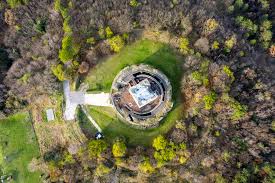
Theme park of the Great War of Monfalcone
In the karst hills behind Monfalcone you can visit the Great War Theme Park. Spread over an area of 4 square kilometers, it opened to the public in 2005 and offers visitors three different routes to explore this historic war zone.

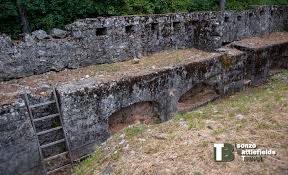

Muca – shipbuilding museum
MuCa is the only Italian museum dedicated to the shipbuilding industry, opened in 2017 and located in the former Albergo Operai in Panzano, showing over a hundred years of history. The museum’s exhibition program covers several topics: the factory city, corporate prosperity and war, the shipyard and entrepreneurs: the evolution of the territory, technology and construction in the shipyard: from ships to side production, interior design and great art on ships and in the territory.

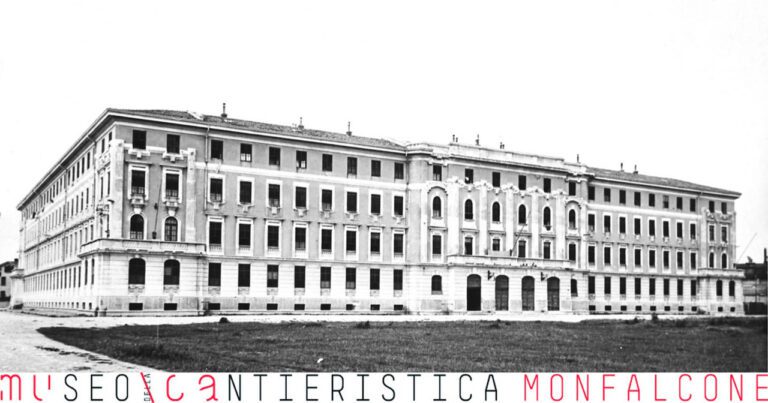
Nature and the Sea
Monfalcone is located on the Adriatic Sea, which makes it a perfect place for nature and sea lovers. Beaches in the area, such as Spiaggia di Marina Julia, offer sunbathing and swimming in the salty sea water.
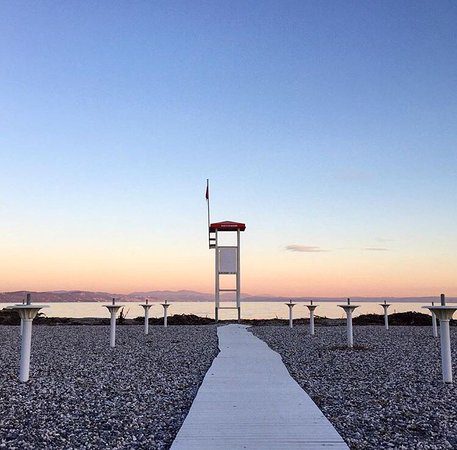
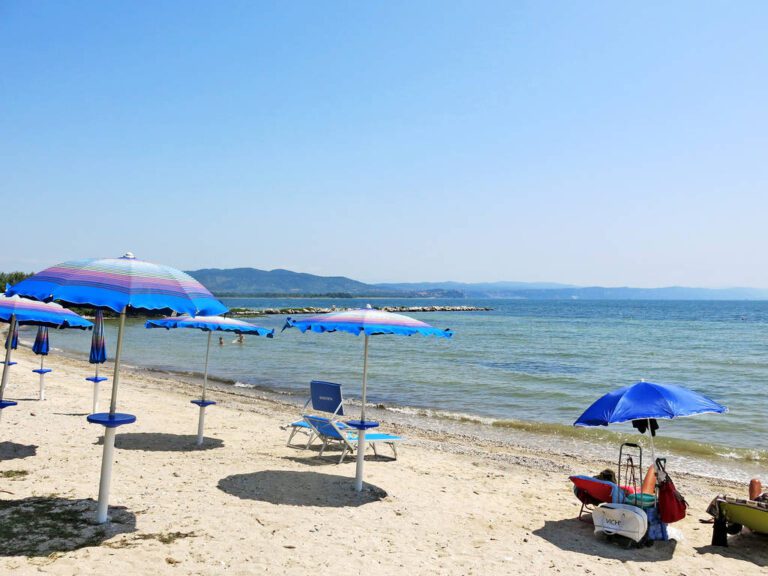
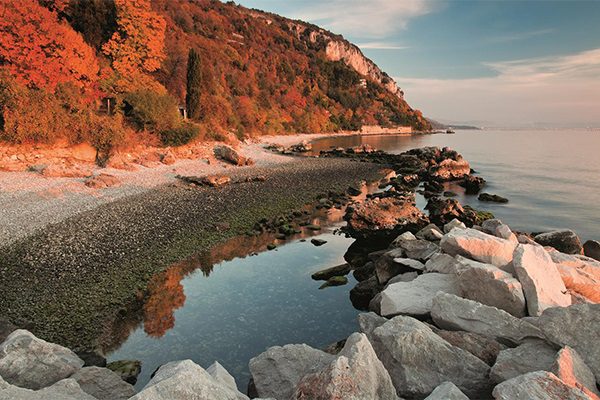
Economy and Industry
Monfalcone is known for its shipbuilding and shipbuilding industry. It is worth knowing that one of the largest shipyards in the world, Fincantieri, is based here. This shipyard specializes in the construction of luxury passenger ships and marine vessels.
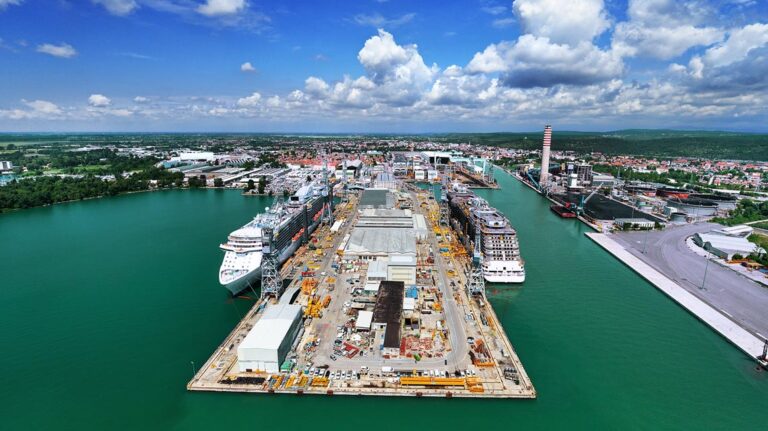
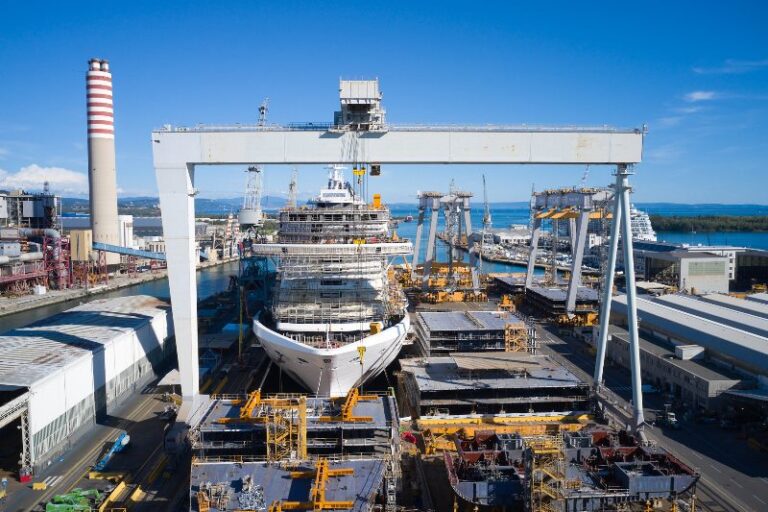
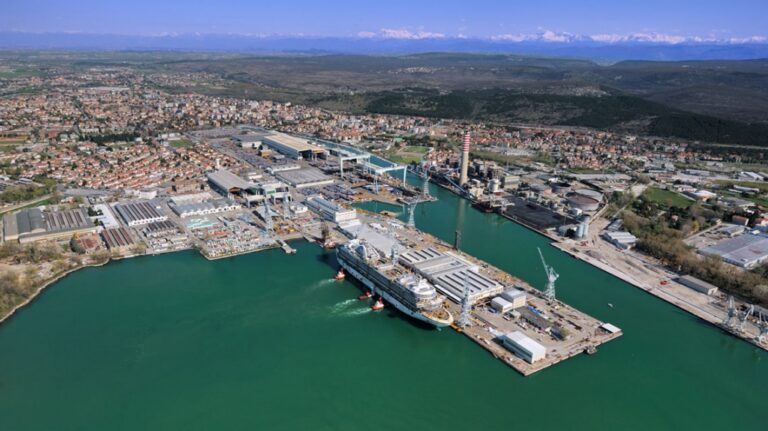
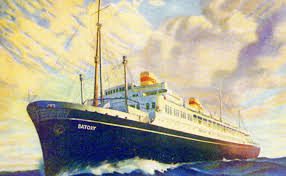
On May 1, 1934, at the Italian shipyard in Monfalcone on the Adriatic Sea, the keel of the transatlantic ship “Batory” was laid – the legendary “happy ship”, which – together with its twin “Piłsudski” – was designed before the war as floating embassies of Polish culture.
